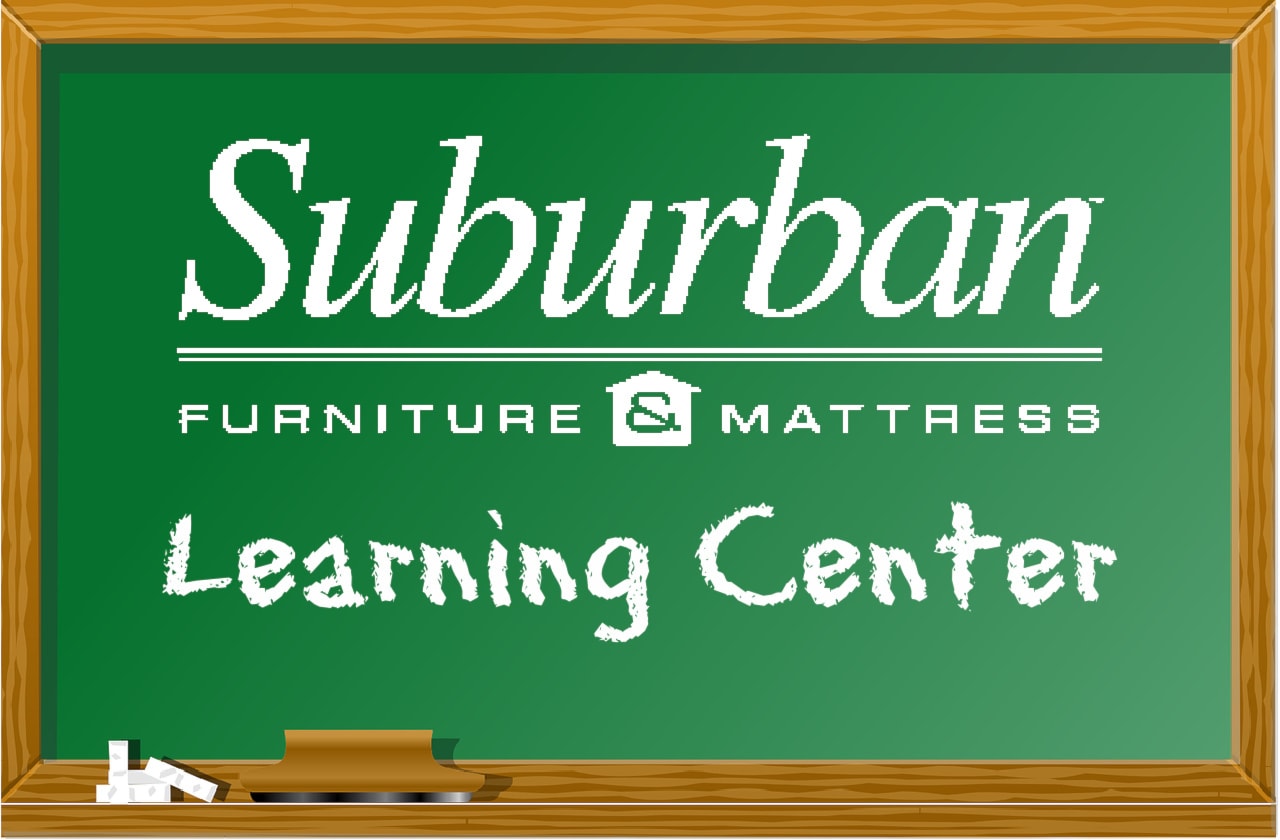
Ten Furniture Terms to Know
by Nick, Digital Specialist | February 4, 2021
When you're buying something, a lot of lingo can get thrown around that leaves a customer feeling confused or frustrated. Here is a list of ten important terms to know before you go shopping, so you can know what you're talking about!
Whether you’re shopping for furniture, a car, an appliance, or just about anything else, a lot of lingo can get thrown around. This can be confusing and frustrating, especially if you’re not so familiar with what’s being discussed. It can even lead to a customer feeling like they’re excluded from their own decision-making process or that they’re spending money on something that they don’t fully understand.
To combat this in the furniture world, we’ve compiled a list of the top ten furniture tems we feel you should know before you go shopping. Hopefully this helps you speak our “language” and guides you to what you’re looking for!
1. Left arm/right arm: this is a constant source of confusion. Imagine you’re looking for a sectional with a chaise...do you want the chaise on the left or the right? In the furniture world, we determine left or right based on if you’re standing up and looking at it. If you’re standing up and looking at your sectional and the chaise is on your right, then it’s a right-arm chaise. It’s not based on you sitting on it!
2. Veneer: this is a thin piece of wood that is layered over a piece of furniture. Manufacturers will often use a veneer of a more expensive wood over the top of something that is less expensive, to give a richer appearance while keeping costs down. The step up from this would be something that’s solid wood.
3. Faux leather: the word “faux” is originally French, and means fake. Faux leather is not real leather- sometimes it’s a microfiber fabric designed to look like leather, or somethings it’s vinyl or polyurethane, but it is not leather of any kind.
4. Rocker or glider: two terms you’ll see when shopping for a chair, and especially a recliner. Gliders slide back and forth in a smooth, horizontal motion, while rockers sways back forth with a stronger motion.
5. Hybrid: this is a type of mattress that is a 50/50 mix, with innerspring coils on the bottom and memory foam on the top. Be aware- many innerspring coil mattresses have a thin layer of memory foam on the top. Some retailers refer to this as a hybrid, but a true hybrid has equal layers of coils and foam.

6. Adjustable base: this is an electronic frame that goes under your mattress, which will raise your head (and sometimes your feet). It’s designed to take pressure off your body and give you a better night’s sleep, and is usually controlled with a remote. If you decide to use an adjustable base, you do not need a boxspring along with your mattress.
7. Leaf: the part of a dining table that will make it extend. Some leaves are separate pieces and need to be stored elsewhere, while some are self-storing inside the table- these are usually called butterfly leaves, for how they fold up. Be aware- not every table comes with a leaf!
8. Console: in furniture, a console is a piece that fits between two seats on a sofa or sectional. It usually has cup holders and extra storage for remotes or other small things. Consoles are very frequently found on pieces that recline- especially between the two seats of a loveseat.
9. Dovetail: this refers to how two pieces of wood are joined together, especially a drawer in a dresser or chest. There are two common types of dovetail- the English dovetail, where the edges are interlocked to form a strong bond- and the French dovetail, where a groove is cut out of one piece and a corresponding piece on the other piece of wood slides in.
10. Dimensions: whenever we quote dimensions, they are the widest part of whatever we are measuring. This is especially important when measuring sectionals!
a. Width: from left to right
b. Depth: from front to back
c. Height: from bottom to top

BROWSE BY TAG:
ALL CATEGORIES:
MOST POPULAR:
MOST RECENT:





